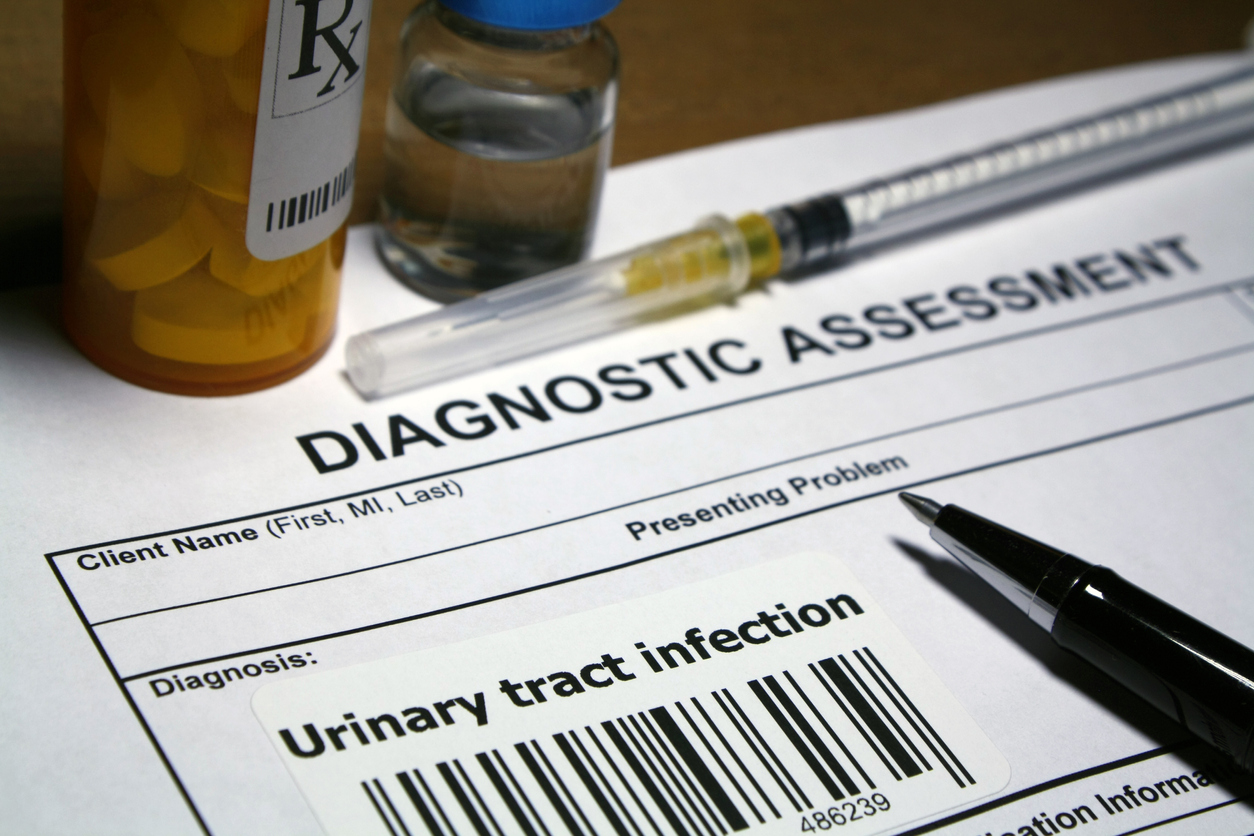

Treating Urinary Tract Infections With Amoxicillin-Clavulanate Potassium
It is common knowledge that antibiotics are usually prescribed for urinary tract infections (UTIs). Although amoxicillin is a common antibiotic, the right antibiotic depends on the type of bacteria causing the infection. Throughout this article, you will learn what amoxicillin is, how it works, and what side effects it may have. Additionally, I will discuss antibiotic-resistant UTIs and when to seek medical attention.
What Is Amoxicillin-Clavulanate Potassium?
Penicillin and amoxicillin belong to the same class of antibiotics. By preventing bacteria from forming their cell walls, it kills and prevents their growth. In addition to amoxicillin, clavulanate potassium improves the antibiotic's effectiveness against bacteria that are resistant to it alone. Amoxicillin-clavulanate potassium treats infectious diseases caused by various bacteria, making it a broad-spectrum antibiotic.
Uses
Many types of bacterial infections can be treated with amoxicillin-clavulanate potassium, including:
- Sexually transmitted diseases
- Bacterial bronchitis
- Infections of the ear, nose, or throat, such as strep throat, otitis media (ear infection), or bacterial sinusitis
- Skin infections
- Dental infections such as periodontitis (gum disease)
- Bacterial pneumonia
- pylori infections
- Urinary tract infections
The common cold, COVID-19, and flu cannot be treated with amoxicillin, as they are viral infections.
What Is A UTI?
Urinary tract infections affect the kidneys, bladder, ureters, and urethra caused by bacteria.
Causes Of UTI
Infections of the urinary tract are most commonly caused by bacteria that get into the urethra from the skin or the rectum. As a result, the bacteria can grow in any part of the urinary tract. Pyelonephritis can result if it isn't treated correctly. Because women and infants have shorter urethras, they are more likely to get UTIs.
Symptoms
There are several symptoms associated with UTIs:
- The sensation of pain or burning when peeing
- Urination urges that are frequent.
- Frequent small amounts of urination
- Lower abdominal pressure
- Having reddish, cloudy, or foul-smelling urine
Diagnosis
Symptoms and any prior UTIs will help a provider diagnose a UTI. Symptoms alone may be enough to prescribe an antibiotic. The most common test is to collect a urine sample to check for signs of inflammation that could indicate an infection. Some providers will send a urine culture to determine which antibiotic is most effective depending on the growing bacteria.
How To Use Amoxicillin-Clavulanate Potassium To Treat UTIs
Take amoxicillin-clavulanate potassium as directed by your doctor or pharmacist. A typical treatment plan is outlined in the following information, but you may follow a different regimen.
Dosage
Amoxicillin-clavulanate potassium comes in three different forms:
- Chewable tablets
- Suspension liquid
- Tablets
According to your age and the severity of your UTI, you should take amoxicillin-clavulanate potassium in the following dosages:
- In adults with mild or moderate UTIs, 250 mg every eight hours or 500 mg every twelve hours of amoxicillin component may be prescribed.
- A higher dose of amoxicillin component is prescribed for adults with severe UTIs, either 875 mg every 12 hours or 500 mg every 8 hours.
- For children with mild or moderate UTIs, administer 20-25 mg every 8-12 hours divided into doses per kilogram (kg) of body weight.
- In children with severe UTIs, 40-45 mg/kg/day should be divided into 8-12 hour doses.
If you have missed a dose of amoxicillin-potassium-clavulanate, take it as soon as possible. You should skip the missed dose if you are too close to your next dose.
Antibiotic doses should never be doubled.
For How Long
When treating a UTI, your healthcare provider will recommend the shortest possible course of antibiotics to avoid antibiotic resistance and other complications. In most cases, it takes three to five days. Children and infants must take the antibiotic for 7-10 days. It is essential to take the entire antibiotic regimen unless otherwise instructed by your doctor. In the absence of this step, some bacteria may remain, which could lead to recurring infections. Additionally, antibiotic resistance is a concern.
Possible Side Effects Of Amoxicillin-Clavulanate Potassium
Amoxicillin-clavulanate potassium may cause some side effects, like many antibiotics.
These include:
- Rash
- Vomiting
- Nausea
- Diarrhoea
In rare cases, amoxicillin-clavulanate-potassium may cause serious side effects.
Contact your healthcare provider or go to the emergency room if you experience any of the following symptoms:
- Stomach cramps
- Severe, persistent diarrhoea or bloody stools
- Wheezing or difficulty breathing.
- Itching, hives, or skin rashes
- Swelling of the lips, face, throat, tongue, or eyes
- Skin blisters
Antibiotic-Resistant UTIs
Many common antibiotics used to treat UTIs have become resistant due to misuse and overuse. The medications do not affect killing the bacteria and clearing the infection. Even though antibiotic-resistant UTIs sound frightening, there are still ways to treat them. Infections that are hard to treat are treated with specific antibiotics.
These include
- Carbapenems (doribax, doripenem, others)
- Ceftolozane-tazobactam (Zerbaxa)
- Newer Fluoroquinolones (delafloxacin, gemifloxacin, others)
- Ceftazidime-avibactam (Avycaz)
- Cefepime (Maxipime)
- Aminoglycosides (gentamicin, tobramycin, amikacin, others)
- Ceftazidime (Fortaz, Tazicef, others)
- Piperacillin-tazobactam (Zosyn)
- Cefiderocol (Fetroja)
Antibiotic resistance has not yet been associated with these newer drugs. It is recommended that they be used more sparingly to prevent the development of multidrug resistance.
When To See A Doctor
Talk to your doctor or healthcare provider if you have signs of a UTI. Most UTIs require antibiotic treatment, though not all. A UTI can cause serious complications, including kidney infections if left untreated. You should contact them immediately if you experience any severe side effects from amoxicillin-clavulanate potassium prescribed by your healthcare provider. After taking antibiotics for an entire course, consult a doctor if your UTI doesn't seem to improve or if symptoms worsen.
How Mobi Doctor Can Help
Mobi Doctor offers online urgent care.



 (1) (1).jpg)

Comments